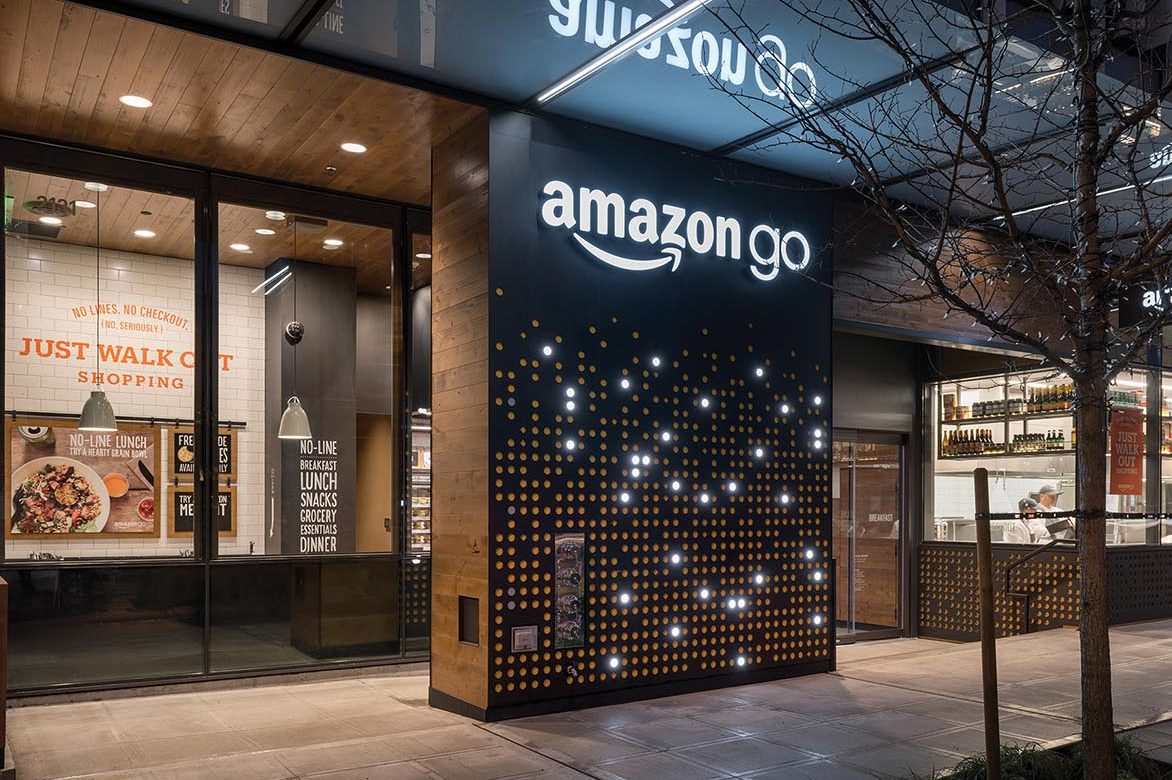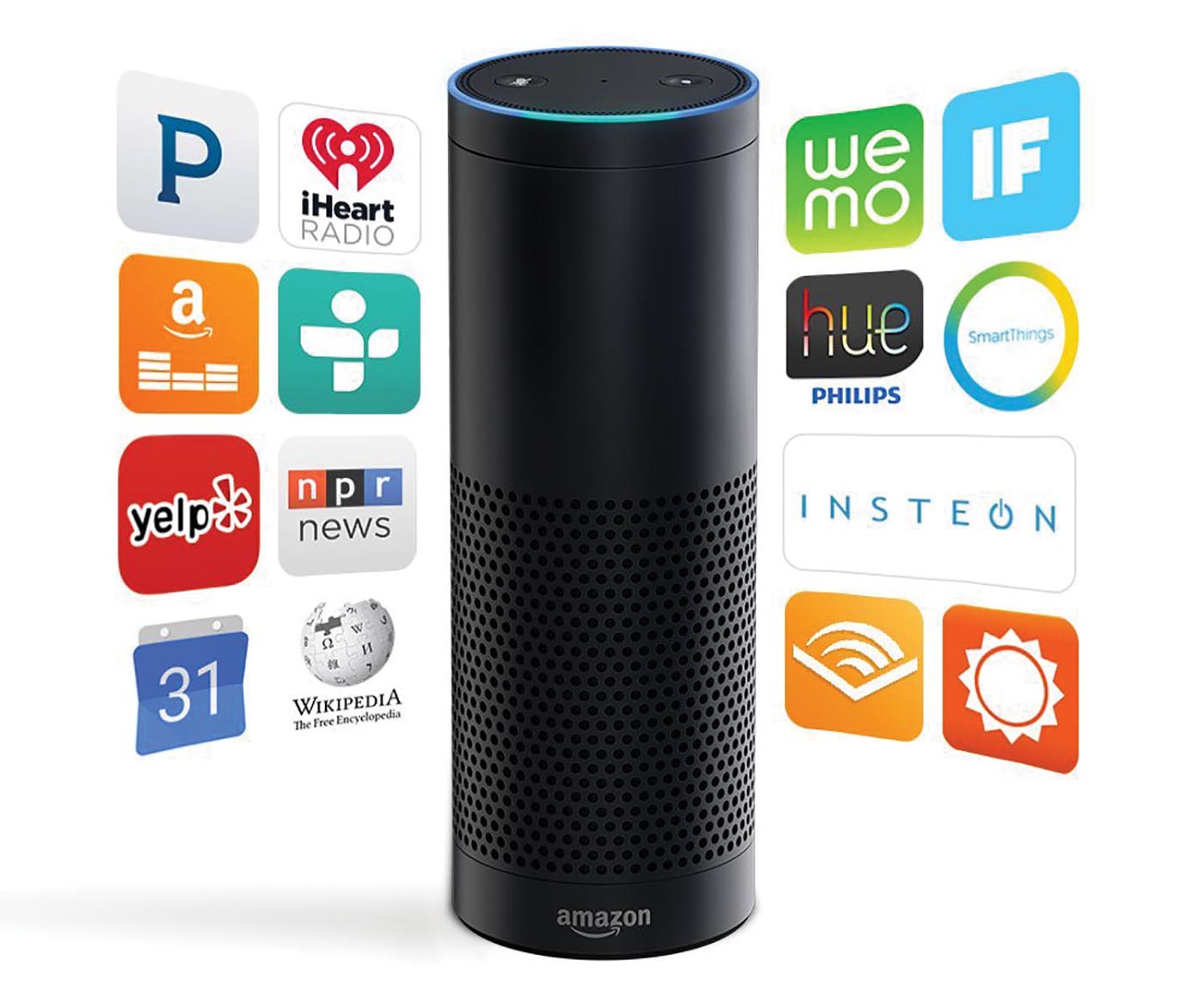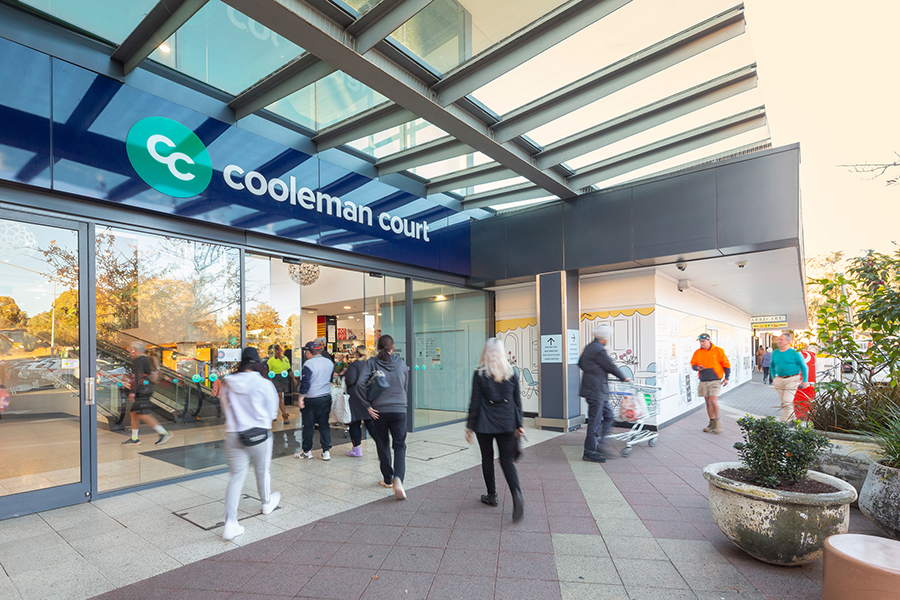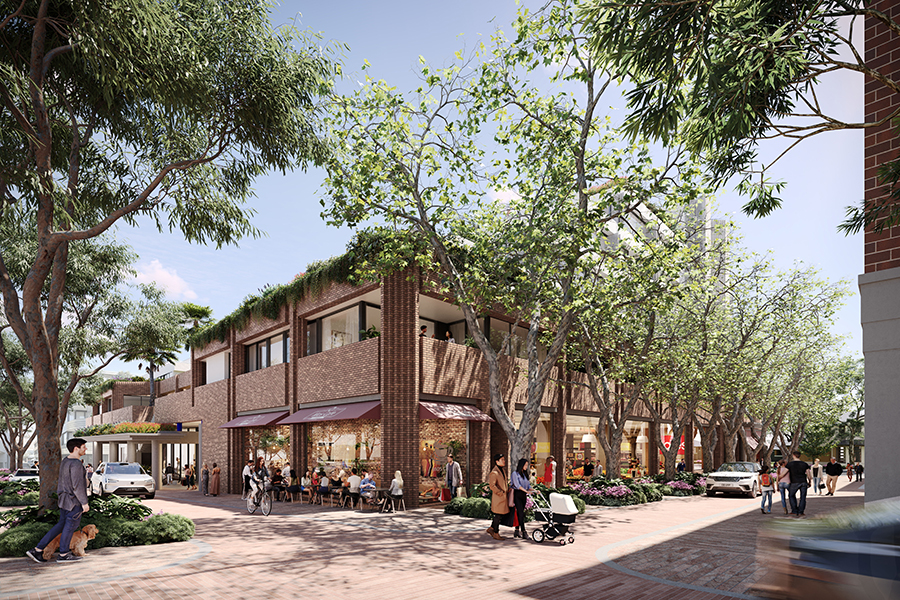Amazon has announced they are coming to Australia with their full offering. This is going to have a major impact on the Australian retail landscape. George Freney responds to Amazon’s announcement and explains what this means for Australian retailers and shopping centres. It’s required reading for all shopping centre executives!
The chatter about Amazon’s launch over the last 12 months has been steadily growing, with several reports now talking deeply about the timing and impact on Australian retail businesses. Gerry Harvey has, of course, had his strong opinions in the news, and analysts such as Craig Woolford from Citigroup have been commenting on the potential impact to retailers.
Now, the rubber has truly hit the road. Amazon has ended all speculation by announcing plans to bring their full retail offering. Amazon’s suite of products (Amazon Prime, Amazon Fresh, Amazon Echo and Amazon Alexa) creates a new level of consumer experience that Australia will love (thanks to Sue Mitchell at the AFR for a great story on this).
My view is that what Amazon really represents is misunderstood, and that the speed and size of its impact is being underestimated.
Businesses win by creating great consumer experiences. As technology advances, consumer expectations increase and their tolerance for poor experiences decreases.
Consumers love Amazon because it has created an incredibly convenient shopping experience, and expanded that into other services such as streaming video, making its relationship with consumers even stronger.
Millions of Australians already love Amazon, purchasing between $700 million and $1 billion worth of products from the US website, and signing up to the Amazon Prime video streaming service.
It’s inevitable that Australian consumers will quickly flock to a fully fledged Amazon retail offer. While Amazon is a big win for Australian consumers for now, I am not convinced of its goodness for them in the long term – more on that later.
Australian retailers and shopping centres are on notice. They must quickly create a consumer experience that differentiates from Amazon and delights their customers. Using technology to create an incredible, physical retail experience that leverages their locations and employees is critical to a successful response.
So why does Amazon represent such a threat to Australian retailers and shopping centres?
Amazon is playing by different rules
Amazon does not pay dividends and they are not expected to make a profit by the market. They have trained investors to be satisfied with growth. Hence, they can reinvest all their free cash flow (US$16 billion in 2016) into technology and infrastructure that helps create incredible consumer experiences. Contrast this with Australian retailers and shopping centres that pay out huge dividends to investors each year.
Moreover, these retailers and shopping centres have generally underinvested in the kind of technology that helps create the consumer experiences that will be needed to compete with Amazon.
Amazon is so much more than a retail business
Amazon does not just sell products directly to consumer like a normal retailer. They also provide a marketplace for other retailers to sell their products, much like a digital shopping centre. Moreover, they are a leading company in logistics, cloud computing, artificial intelligence, ambient computing and video content production (TVs and movies). If you do not know what ambient computing is, the Amazon Echo speaker that is in 8% of US households is a great example.
The sum of its parts is much less than the whole
Amazon Prime, Amazon Echo, Amazon Alexa – a vast product range, cheap pricing and great data about people’s shopping behaviour all work together to create a seamless and simple experience for shoppers.
Some numbers about Amazon that demonstrate how much consumers love the experience they are creating:
• 52% of US households have an Amazon Prime subscription – more than have a landline telephone
• 8% of US households have an Amazon Echo and use Alexa – this is forecast to grow to at least 20% by 2020
• 55% of all product searches in the US start on Amazon.com
• 10% increase in share of wallet for Amazon once a family purchases an Amazon Echo
• Amazon is expected to account for 50% of all online commerce in the US by 2025.
Australian consumers adopt technology fast and businesses are slow
As consumers we adopt and use technology faster than nearly every other nation and much, much faster than in the US. Conversely, Australian businesses are renowned as being slow adopters of technology. I think this is because we are a touch risk averse in business and investors are addicted to franked dividends over growth, leaving less money to experiment with! Combining these together creates a consumer experience expectation vacuum into which Amazon will rapidly fill.
Why I believe the impact of Amazon will be faster and larger than most people predict
Consumers that adopt technology quickly with increasing expectations on shopping experiences (led by the incredible experience Amazon creates) and risk-averse shopping centres and retailers that underinvest in innovation provides the perfect environment for Amazon to grow far more quickly than in other markets they have entered.
Why else should we be so worried about Amazon?
Jeff Bezos is a long-term thinker who does not consider quarterly profit requirements of investors. He has been open and upfront about this from the beginning of Amazon and it is reflected in his annual shareholder letter.
With so many people having Prime and Alexa – what does this mean for a fair marketplace?
Retailers considering joining the marketplace should consider this
While it might be a great distribution channel to begin with, it provides Amazon unparalleled power in terms of the data they have about what consumers want.
As consumers, are we prepared to trade away our ability to choose the brands of products we want for the convenience of using Amazon Alexa and their entire retail platform? Will prices be kept low as their market power increases? The valuation of the company reflects a need to increase retail margins at some point in the future. Amazon has trained that market to be patient and wait for the long game, but eventually the market will demand a return.
The claim that they are creating jobs is also an interesting one when you really think about it. Sure, Amazon will employ many people, but how many people will lose their jobs? The very reason Amazon sees the Australian retail margin as an opportunity is because they get to spend less on wages for every dollar sold. My view is that jobs will be lost, along with tax revenue for our country.
How do retailers and shopping centres respond?
All is not lost for our retailers and shopping centres. Far from it, in fact. They have key assets in respect to their physical locations, the number of Australian consumers close to them and the people that work in these locations. Putting these locations at the middle of creating consumer experiences that Amazon cannot match (for now) will provide differentiation that will keep shoppers visiting physical stores into the future.
The answer for retailers is not betting that their online retail business will save them. Amazon will always do that better than they can.
The answer for shopping centres is not betting on their own digital marketplaces or shopping list apps saving them. They do not have the budgets to create the experience consumers expect.
Creating the required consumer experience requires thinking differently about it, risk taking, considerable investment and most importantly working collectively. No single business in Australia can invest enough to compete directly with Amazon if they act alone. They need to work together, and with smart and innovative technology companies that solve some of the problems on their behalf.
The technology and data required to create an incredible consumer physical retail experience is complex and expensive. There are so many complex problems that multiple parties need to solve to make it work.
Westfield Labs has invested tens of millions of dollars in searchable mall technology over the last few years and are the global leaders in this space. Westfield Corporation has formed Westfield Retail Solutions to focus on an operating system for the physical retail world and help all shopping centres and retailers create the required experience.
At the core of creating incredible physical retail consumer experiences is data about stores. Without comprehensive, organised data about all stores, creating the digital experiences that influence consumers in different shopping journeys to visit them will be incredibly hard.
Retailers need to:
1. Invest in their technology systems so they have accurate data about the products they sell at all their stores – this is now table stakes for survival.
2. Make sure they have a comprehensive digital presence for all stores that includes all the data about those stores. Not just product data but payments, wi-fi, parking, etc – all the things that can help consumers discover and decide to visit them.
3. Make sure that their digital presence has broad coverage across the different digital channels consumers are using as part of their shopping journeys. If your store is not present where consumers are, when they ask questions about shopping, they will not visit the store.
Things to consider are:
• Will digital store profile pages appear when shoppers search location-centrically on Google for brands, categories and products?
• Does your digital presence allow for voice assistants like Siri and Alexa to include your store in an answer to a question about finding a store?
• Does your digital presence allow for Chinese travellers using WeChat or Alipay to easily know that you sell what they want and accept the payment method they prefer?
• Understand how consumer journeys are fragmenting across different channels and how to influence those consumers in the micro-moments that impact shopping journey decisions.
Shopping centres need to:
1. Do all of the above (but in the context of a shopping centre)
2. Start standing in the shoes of the consumer and understanding that they shop everywhere and not just in their centre. While great websites, marketplaces and apps are important for the small percentage of the trade area shoppers that will use them, they are not going to solve the problem.
3. Demonstrate to the retail tenants that pay marketing contributions that they are using those funds not only to drive shopper visits today, but to ensure the vitality of the shopping centre into the future.






















